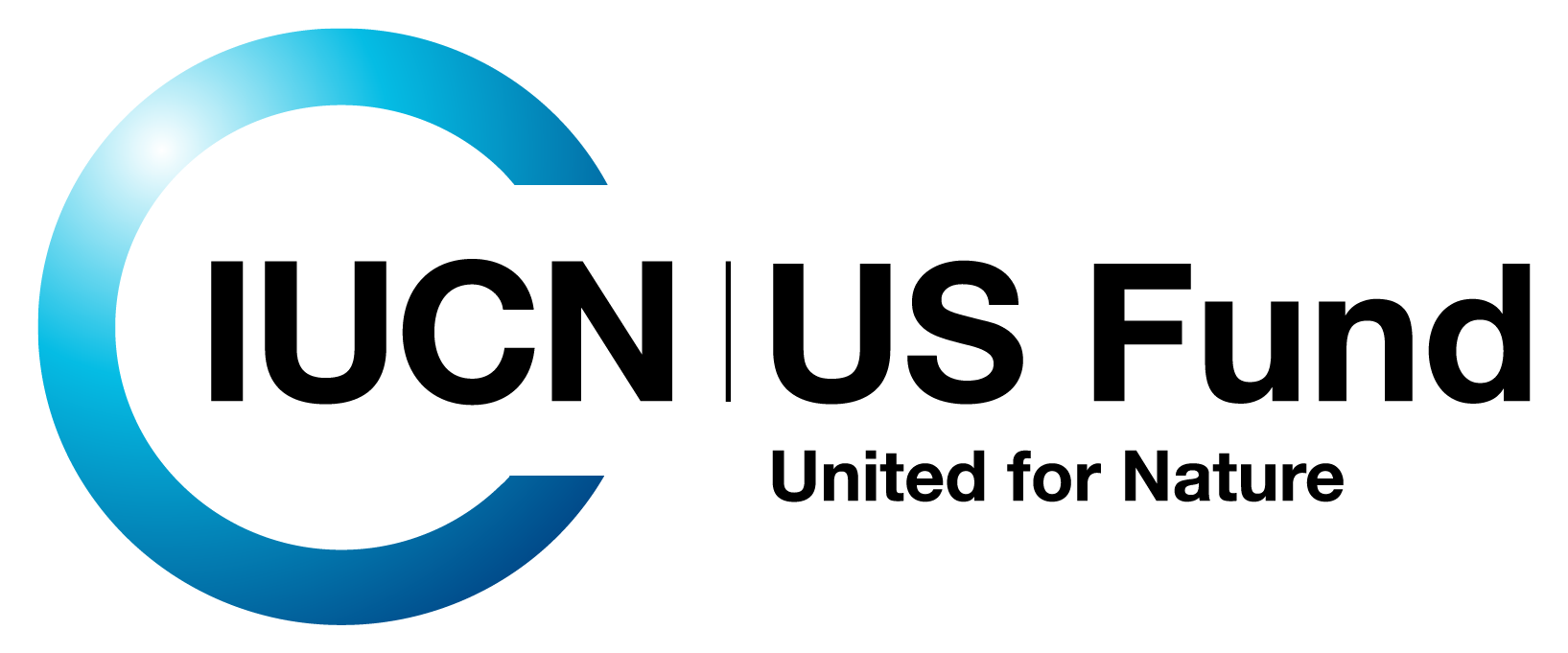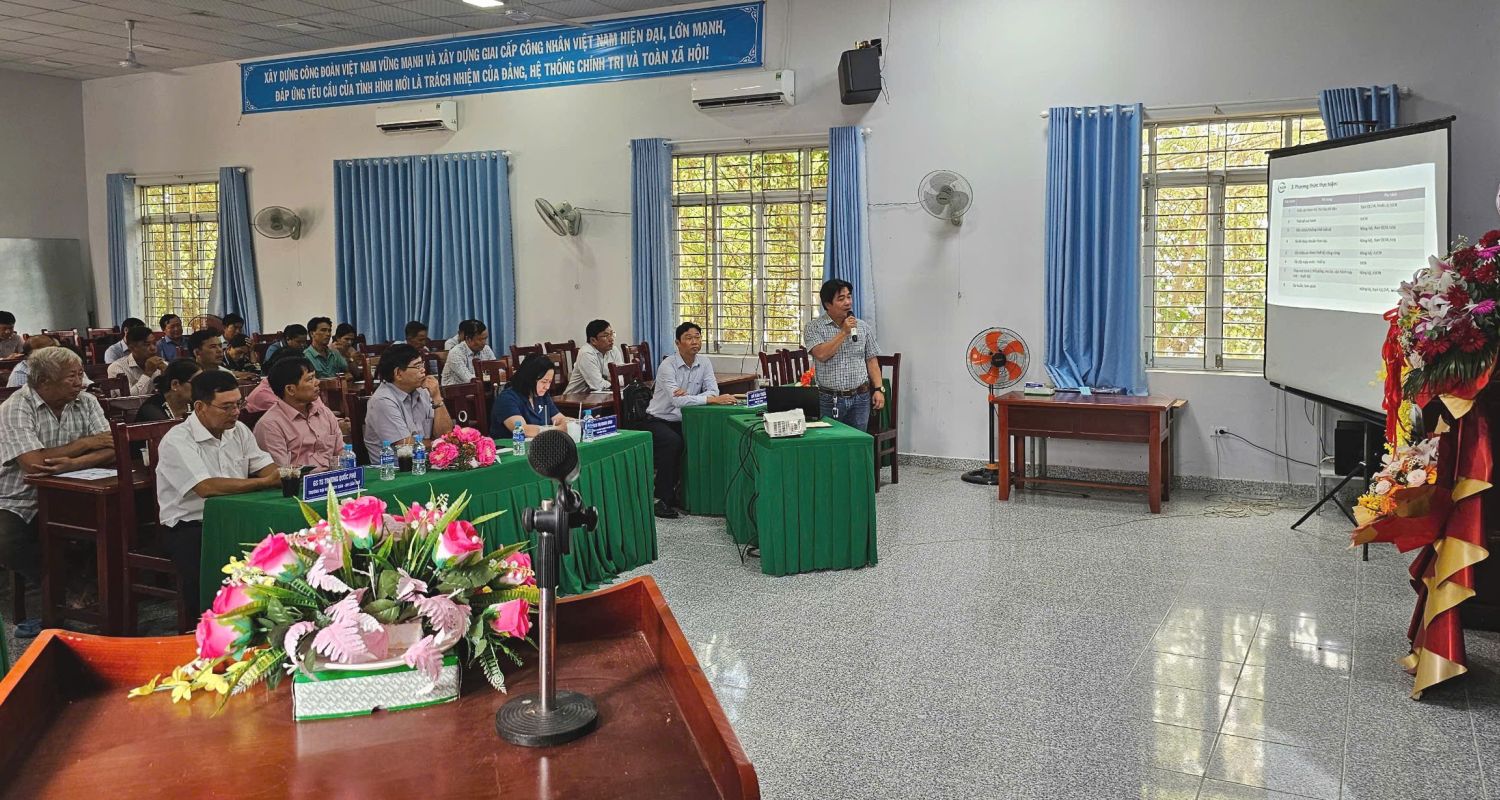This week, the California Marine Protected Area (MPA) Network made history has the first ecological network to be certified under the IUCN Green List of Protected and Conserved Areas. The California MPA was certified alongside four additional listings around the world, including Comoé National Park (Côte d’Ivoire), Taï National Mark (N’Zo Complex, Côte d’Ivoire), Uruq Mani Ma’arid Protected Area (Saudi Arabia), and Pin Supu Forest Reserve (Malaysia). Together, these new listings more than double the number of Green List sites globally.
The California MPA Network comprises 124 sites spanning 1,770 kilometers of the California coast. It protects 16% of California’s state waters through science-based, stakeholder-driven conservation methods. Its scale makes it the largest MPA network in North America and the most comprehensive of its kind worldwide. As the 3rd UN Ocean Conference convenes in France this week, the addition of the California MPA Network to the IUCN Green List times perfectly with growing international momentum for ocean conservation.
“Coastal California is one of our planet’s ecological treasures and its protection will ensure healthy ecosystems and communities for generations to come. ICUN is proud to include the California coast on the IUCN Green List, showcasing how state governments – supported by expertise from across the Union – exemplify the highest standards of science-based and community-driven protected area management,” said Tracy Farrell, IUCN-US CEO and IUCN North America Regional Office Director.
The IUCN Green List is a global initiative that recognizes and promotes fair and effective management of protected and conserved areas. It currently includes over 200 sites in 20 countries. Green List standards focus on three pillars, aligning with IUCN’s mission: effective management, equitable governances, and conservation impact. Recognized by the Convention on Biological Diversity (CBD) as a valuable voluntary tool, the Green List is instrumental in advancing the goals of the CBD’s Global Biodiversity Framework (GBF). By 2030, IUCN Green List aims to expand to include at least 1,000 sites as a part of its contribution to the GBF.
Commenting on the certification, IUCN Director General Grethel Aguilar stated, “This achievement highlights how entire networks – when built on science, collaboration, and fairness – can deliver real, measurable results for nature. Strong marine and coastal conservation is essential for thriving ocean life, resilient ecosystems, and a healthier planet for all, and we are proud to celebrate this landmark moment.”
The California MPA Network’s path to Green List status involved a rigorous six-year evaluation led by the California Expert Assessment Group for the Green List (EAGL). The longevity of the project reflected new evaluation procedures developed by EAGL for network-scale conservation governance to effectively assess the management of the California MPA Network. These innovative guidelines will be fundamental for future Green List certifications of ecological networks.
The evaluation process included a diverse array of key ocean stakeholders in California to ensure robust and inclusive evaluation. EAGL was comprised of 17 individuals representing experts in ecology, sociology, economics, education and outreach; Tribal Governments; commercial and recreational fishermen; scientists; and non-governmental organizations (NGOs). They were supported by numerous agencies and organizations, including the California Department of Fish and Wildlife, the Ocean Protection Council, and the Tribal Marine Stewards Network.
Reflecting on the achievement, Wade Crowfoot, California’s Secretary for Natural Resources, said,, “Nature networks like this are essential to protect and restore nature across our planet and help all life thrive.”


